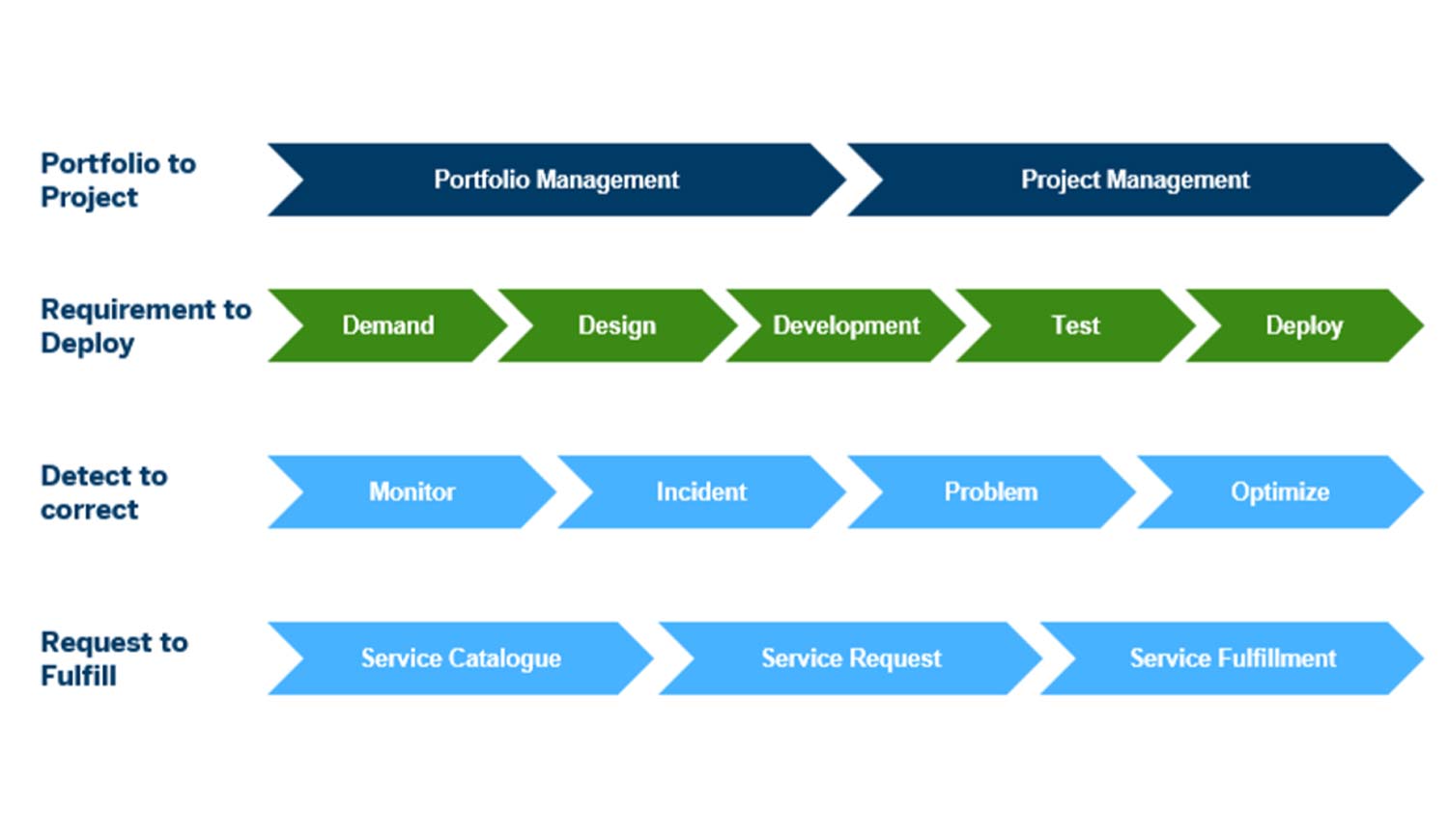You Won't Be Disappointed: The Ultimate Guide to "I Can't Fulfill Your Request"
In today's fast-paced digital age, it's becoming increasingly common for businesses and individuals to face situations where they simply can't fulfill a customer's request. Whether it's due to resource constraints, lack of expertise, or unforeseen circumstances, saying "I can't fulfill your request" can be a difficult pill to swallow. However, how you respond to this situation can make all the difference in maintaining a positive relationship with your customer and leaving a lasting impression.
As a customer, you're entitled to expect a certain level of service from the businesses you interact with. When you don't get what you want, it's natural to feel frustrated, disappointed, and even betrayed. But what if you're on the receiving end of this phrase? How can you navigate the situation and still come out on top? In this article, we'll delve into the world of "I can't fulfill your request" and explore strategies for handling this situation with poise and professionalism.
Understanding the Art of Saying No
Saying "I can't fulfill your request" is an art that requires finesse and tact. It's not just about conveying a negative message; it's about managing expectations, maintaining relationships, and preserving goodwill. When done correctly, this phrase can actually strengthen your bond with customers, while a poorly executed delivery can lead to a permanent rift.
Recognizing the Why
Before we dive into the "how," it's essential to understand the reasons behind saying "I can't fulfill your request." Is it due to:
- Insufficient resources (e.g., personnel, equipment, or budget)?
- Lack of expertise or knowledge?
- Unforeseen circumstances (e.g., technical issues, supplier delays, or regulatory hurdles)?
- Overcommitting or exceeding capacity?
Identifying the root cause of the issue is crucial in determining the best course of action.
Crafting a Diplomatic Response
When saying "I can't fulfill your request," it's vital to maintain a diplomatic tone to avoid damaging the relationship. Here are some tips for crafting a response that's both honest and empathetic:
- Acknowledge the customer's request and show appreciation for their business
- Clearly explain the reason behind not being able to fulfill the request
- Offer alternatives or suggestions that might be viable
- Provide a clear explanation of next steps or potential outcomes
Key Phrases to Use
When crafting your response, consider using phrases like:
- "I appreciate your understanding, and I'm sorry we can't meet your request."
- "I'd like to explore alternative options that might better suit your needs."
- "Unfortunately, our current resources are not aligned with your request. However, I can offer [alternative solution]."
Managing Expectations
Managing expectations is a delicate balance between being honest and being optimistic. When saying "I can't fulfill your request," it's essential to set realistic expectations and provide a clear understanding of what's possible and what's not.
Tips for Managing Expectations
- Be transparent about the limitations and constraints
- Provide specific reasons for not being able to fulfill the request
- Offer solutions or alternatives that might be viable
- Set realistic timelines and expectations for follow-up
The Power of Empathy and Proactivity
When faced with the phrase "I can't fulfill your request," it's easy to get defensive or dismissive. However, taking a step back and empathizing with the customer's perspective can make all the difference. By showing that you understand their needs and frustrations, you can turn a negative experience into a positive one.
Strategies for Empathy and Proactivity
- Ask questions to understand the customer's needs and pain points
- Acknowledge their frustration and show empathy
- Offer solutions or alternatives that address their concerns
- Follow up to ensure their needs are being met
Case Studies: Turning a Negative into a Positive
In our research, we've come across several examples of businesses that have successfully turned a negative experience into a positive one by saying "I can't fulfill your request" in a diplomatic and empathetic manner. Here are a few case studies:
- Example 1: A customer requested a customized product that was outside of the company's capabilities. Instead of saying "we can't make it," the customer service representative offered an alternative solution that met the customer's needs while also showcasing the company's expertise.
- Example 2: A customer was disappointed with the response to their request. However, the customer service representative listened to their concerns, apologized for any inconvenience, and offered a complimentary solution that addressed their needs.
Conclusion
Saying "I can't fulfill your request" is an inevitable part of doing business. However, how you respond to this situation can make all the difference. By understanding the reasons behind the phrase, crafting a diplomatic response, managing expectations, and showing empathy, you can turn a negative experience into a positive one. Remember, it's not about the outcome; it's about the customer experience.
Final Tips
- Stay calm and composed when handling a situation where you can't fulfill a request
- Use phrases that acknowledge the customer's request and show appreciation for their business
- Offer alternatives or suggestions that might be viable
- Follow up to ensure the customer's needs are being met
Hattel Alan Berta
Competition Rank Tracker
Gina Wapd
Article Recommendations
- Did Karla Homolka Parents Forgive Her
- How Muchoesabrina Carpenter Weigh
- Brad Pitt Height In Feet
- Sophie Rainpider Man
- Islon Musk Married 2024
- Dafne Keen
- Marie Temara Fansd
- Taylor Breeseyd
- Jackerman
- Denzel Washington Trump



